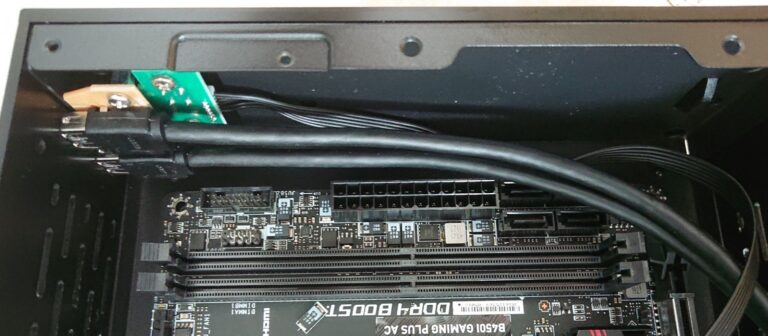
First things first, big thank to @Thehack for his 12V guide, his helpfulness, and all what he brings to the sff community!
So this build is a backup for my MiniCube rig. I need one as I am working more from home lately (Good excuse huh?
Hardware parts:
- Open-Smart B01 case (200*200*75mm)
- MeanWell LSP-160-12T 160W 12V PSU (194*55*20mm)
- Pico-box Z2-ATX-200 200W 12v PDCB
- Gigabyte B450 I Aeorus Pro Wifi
- AMD Ryzen 5 3400G CPU
- Z39 CPU cooler with Noctua NF-A9x14 (bottom) and NF-A12x15 (top)
- Corsair Vengeance Pro RGB 2x 32GB DDR4 (no heatspreader/RGB)
- Samsung 970 EVO Plus 256GB M.2
- Samsung 970 EVO 1TB M.2
- Reset switch
? Side USB3 or USB-C port

Last edited:









